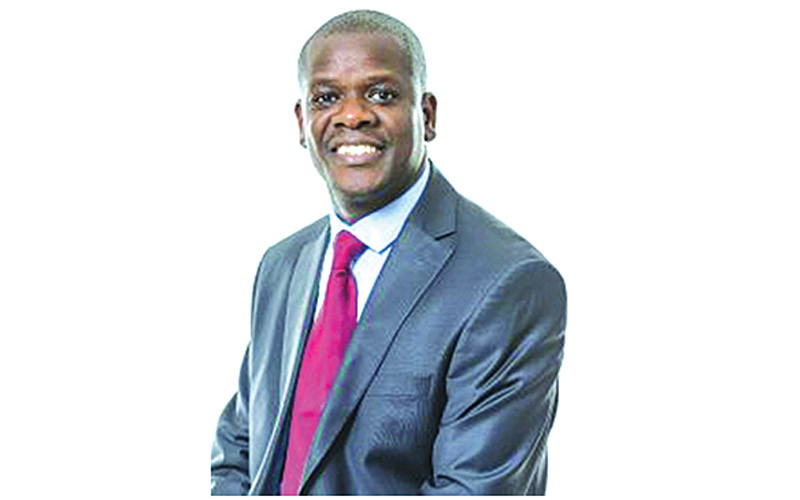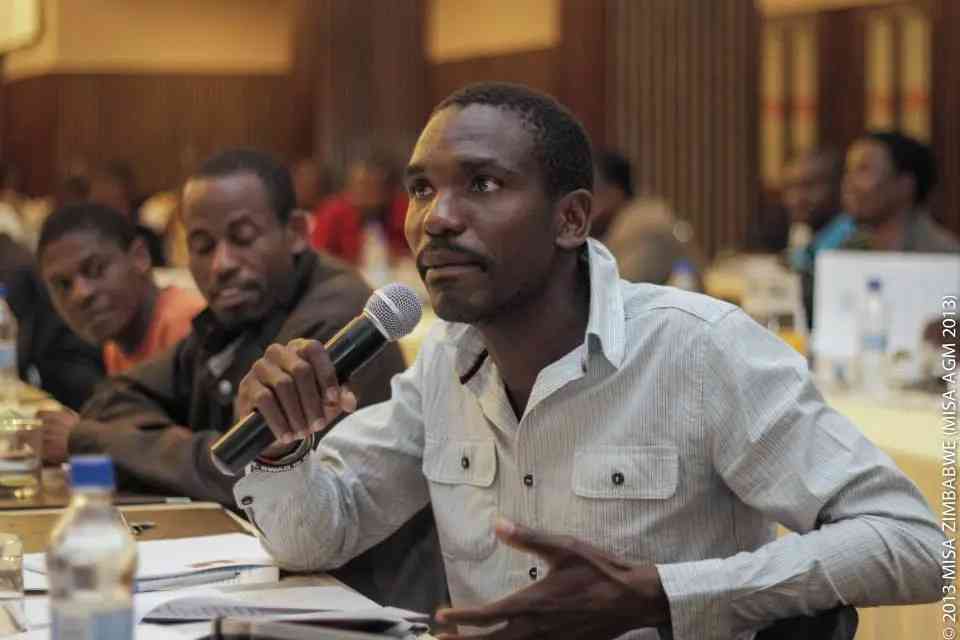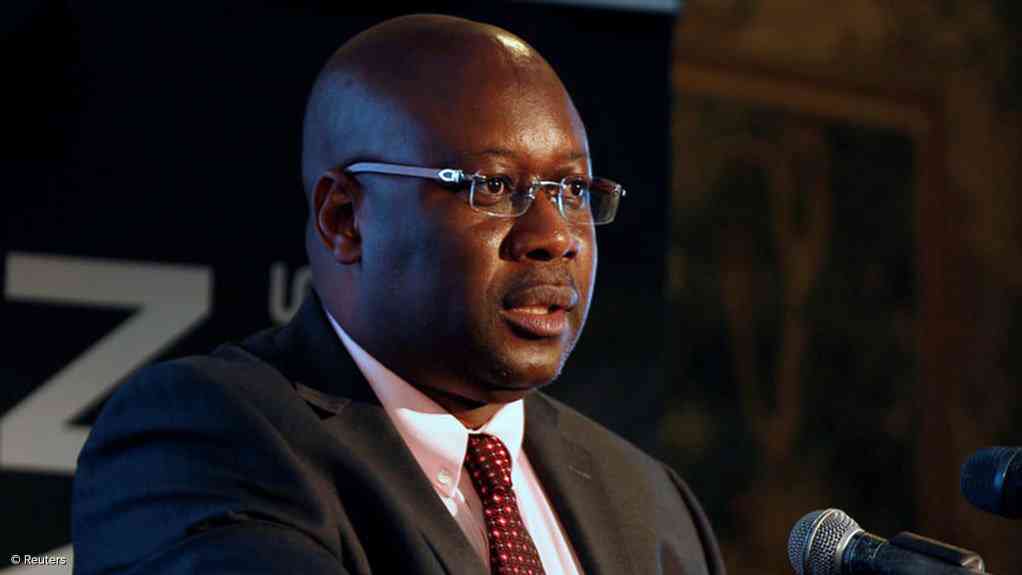
PROPERTY markets worldwide were among the worst affected by Covid–19-induced lockdowns between 2020 and 2021. In Zimbabwe, the pandemic tore through when turbulences were vexing an economy that had been in turmoil for over two decades. This week, our senior business reporter, Melody Chikono (MC) caught up with Gibson Mapfidza (GM), managing director at Mashonaland Holdings Limited — one of the country’s biggest sector players — to get insights into how the real estate industry has responded to declining infection rates, which have given governments confidence to implement measures to boost economies. Below are excerpts of their discussion:
MC: What is the state of Zimbabwe’s real estate sector post Covid-19? Are you witnessing a rebound?
GM: The property market, just like the mainstream economy, was going through structural challenges before the Covid-19 pandemic. The pandemic only worsened economic challenges through re-deployment of resources towards Covid-19 containment, restrictions to working hours, curfews and forcing people to work from home. The removal of restrictions in 2022 saw the property market gradually recovering.
MC: How did the recovery take place?
GM: The retail property market was the quickest to recover as bars, restaurants, supermarkets and cinemas reverted to normal trading hours. Working from home, total business shut down continue to affect the commercial office segment. The property market has generally recovered back to where it was prior to the Covid-19 pandemic. Of course, some sectors like central business district (CBD) offices have been permanently disrupted. It has been proven that the office has viable alternatives. It is important to note that macro-economic challenges, which have been slowing down performance of the property, market still remains.
MC: Tell us about these challenges
GM: These include money supply growth. The country remains excluded from international capital markets. As such, Zimbabwe has resorted to money creation to finance long-term infrastructural projects. The resultant unstable exchange rate, high inflation, low-capacity utilisation, waning effective demand and escalating urban poverty (have affected the economy). In spite of all these challenges, certain sectors of the property market continue to show signs of resilience and delivering compelling returns for investors. This is seen through increased demand in certain sectors including retail and warehousing.
MC: Is this what you are also seeing in Harare, which I think is the biggest investment hub?
- Feature: The inevitable return of the greenback
- Econet introduces ‘Smart US Dollar bundles’
- Masholds MD outlines forex strategy
- Masholds MD outlines forex strategy
Keep Reading
GM: Harare CBD continues to face embedded challenges due to unresolved urban decay issues. Property owners are responding, in the short-term, through reconfiguring office space to meet the size and flexible leasing conditions required by small to medium enterprises (SME) players, who are predominantly traders. This reconfiguration or repurposing has seen some marginal increases in occupancy levels. Notwithstanding these marginal occupancy gains, most high-rise buildings are recording void rates as high as 60%.
The development sub-market is largely constrained by rising construction costs against declining property values. Demand for new stock is generally low and logically unjustifiable given the high voids. However, the residential sector and low value commercial projects have seen some construction and rehabilitation activity. Developers are having to use strict cost containment measures to ensure financial viability. The biggest project in the country, Afrexim Bank’s Southern African Development Community head office being constructed in Harare, is essentially motivated by owner occupation justifications, not investment motivation.
MC: How has your company coped with the flight of firms out of the CBD?
GM: Historically, the company’s CBD portfolio composition averaged 68%, which has been significantly weighing down on performance. We came up with two strategies to resolve this albatross. The short-term, tactical strategy, which we call performance optimisation, ensures that we optimise the performance of the current portfolio as is.
We are achieving this through various measures, including reconfiguring traditionally corporate designed office space to create a compelling value proposition for the SME market. We then lease the reconfigured space at flexible leasing terms. Two buildings were earmarked for this - ZB Life Towers and Chiedza House. We have implemented this on two floors at Chiedza House, which have been fully taken up. Our plan for ZB Life Towers was disrupted by the Covid-19 pandemic, which pushed down the upper segment entrepreneurs.
MC: Will the flight out of CBD end?
GM: Yes, Harare’s CBD can be revived. Every CBD goes through the four stages of urban growth and decay. Harare’s CBD is going through, unabated, the decay stage characterised by existing road network failing to cope with growing numbers of commuters, leading to congestion, which reduces accessibility to workplaces and services. Street trading, pollution in its various forms, dilapidated building infrastructure, vandalised city service infrastructure add to urban problems.
It is key for all CBD stakeholders to note that unlike the early stages of urban growth, which are largely spontaneous, urban renewal or revival requires concerted effort. Unfortunately, the City of Harare hasnot been forthcoming on this. What we need the city to do is review the local plan number 22 of 1996 and come up with new zoning and urban land use hierarchies.
MC: So, what is the way forward?
GM: The designs are in place. We will keep assessing the market to see the best time for implementation. The long-term coping strategy is on diversifying the portfolio. In line with market needs, dynamics and our shareholders’ investment needs, we came up with a model property portfolio that we seek to achieve in the next three to five years. The work entails disposal of non-performing assets, acquisition of strategic land banks and develop, on a pre-lease basis, in order to achieve the desired portfolio mix.
MC: Where are we now on this journey?
GM: We have been extremely lucky to dispose of our non-performing assets like Charter House. We have also acquired strategic land banks (in many parts of the country). These initiatives will ensure that we meet the target portfolio composition in the next three to five years while achieving growth.
There has been a lot of activity in the freehold sales market, especially in the residential and undeveloped land sectors. Understandably, the capital outlay in these two market segments is low. Most of these investments are a temporary switch from other investment boutiques as investors seek to hedge against value erosion. Within the entire property market, these two sectors are generally considered liquid. However, if one analyses justifications of these acquisitions, returns for residential acquisitions are relatively lower than those obtaining elsewhere. While selling prices for houses in the northern suburbs of Harare significantly went up in Q1, obtaining rentals have remained static as effective demand lags. We have also seen pension funds investing into undeveloped land in a bid to hedge against inflation. While this might look prudent, this might affect the funds’ liquidity positions and ability to service its obligations.
MC: Tell us about developments in large scale commercial development
GM: Unlike in other property markets where construction of high value, commercial high-rise buildings and retail shopping centres is actively taking place, local developments have been on a small-scale basis. Some have suggested big is no longer beautiful in Zimbabwe. If you look closely, our formal economic activities have been on the decline from as far back as the early 2000s. The country has lost a significant number of international brands, especially retail. As formalised economic activity declines, demand for real estate also slows. This is seen through occupancy rates in the large-scale commercial buildings, the quality of tenants occupying them, rentals per square metre and overall annual returns.
MC: How have your collections been?
GM: Our collections dropped by two percentage points over the year. These are undesired consequences of growth. We have been aggressive in growing our occupancies, which grew from 81% to 87%. I think that thrust divided our attention. Going forward, we need to significantly improve on our collections. We have also been a bit more understanding to those of our tenants who needed more time to recover from the effects of the Covid-19 pandemic.
Admittedly, economic sectors recovered at a different pace. Our US dollar rental revenues moved from 25% to 52% as a percentage of total annual revenue over the full year 2022.
If you add the development revenue, our US dollar revenue was at 71% for the full year. Our thrust is to grow those numbers, bearing in mind that we have certain of our tenants who get budgetary support from the government.
The year 2023 promises to be a challenging one. The high levels of inflation, electricity shortages, volatile exchange rates, low gross domestic product growth and seemingly declining capacity utilisation are some of the macroeconomic factors that will continue to stress business operations.










